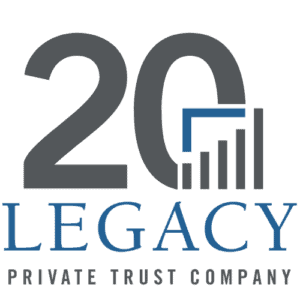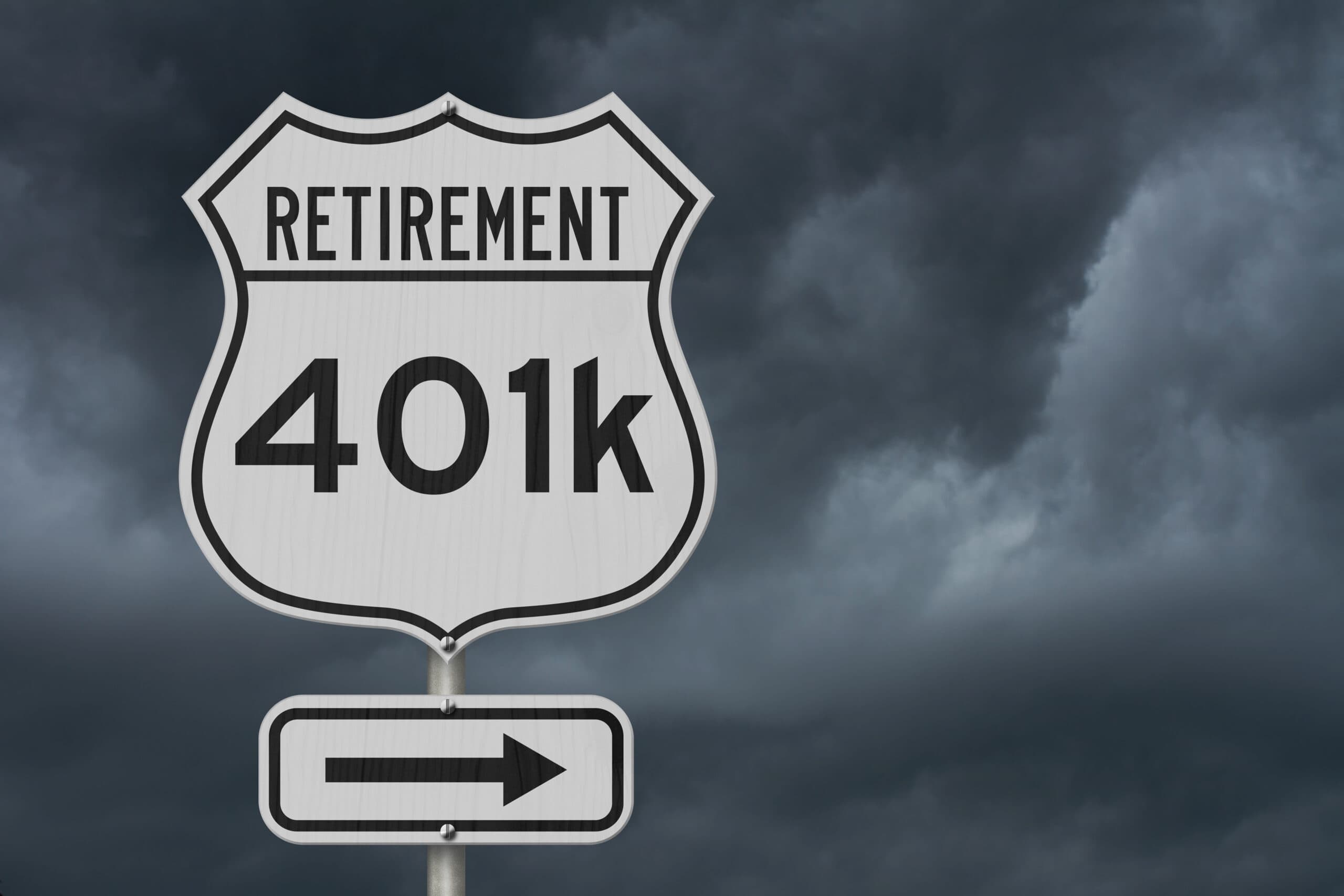The landscape of retirement planning has entered a new era with the introduction of the SECURE 2.0 Act, bringing with it a suite of changes that have caused confusion and concern, particularly regarding the catch-up contributions for 401(k) plan participants. This Act, effective in 2024, is reshaping how individuals must approach their retirement savings, especially those in the higher-income bracket.
Decoding the SECURE 2.0 Act’s Intricacies
The SECURE 2.0 Act, a sequel to the original SECURE Act, aims to modernize and expand retirement saving options. It introduces many changes across various aspects of retirement accounts, but the spotlight falls on the catch-up contribution rules for 401(k) plans. These contributions are crucial for individuals aged 50 and above, offering a unique opportunity to enhance their retirement savings later in their careers.
Roth Catch-Up Contributions: A Paradigm Shift
One of the most significant changes under the SECURE 2.0 Act is the switch to Roth contributions for catch-up amounts for those earning above $145,000. Previously, these contributions were pre-tax, allowing taxpayers to defer taxes until retirement. The shift to Roth contributions means these funds are taxed in the year they are contributed. This is particularly significant as it comes at a time when earners are likely at their peak income levels, potentially facing higher tax rates.
Understanding the Taxation Complexities
This new approach raises important tax planning questions. Traditional 401(k) contributions are advantageous due to their tax-deferred nature, potentially lowering the current taxable income of the contributor. However, with the SECURE 2.0 adjustments, individuals making over $145,000 must pay taxes on these contributions upfront. This can be a double-edged sword: while it may seem less advantageous for current tax savings, it sets the stage for tax-free withdrawals during retirement, which can be particularly beneficial for those who might remain in a higher tax bracket even post-retirement.
Income Thresholds: Navigating the Fine Lines
The SECURE 2.0 Act’s catch-up contribution changes apply strictly to individuals with earnings above $145,000 in the preceding year. This income-based threshold creates a clear divide in retirement planning strategies between different income groups. Traditional tax-deferred contributions remain a viable and advantageous option for those just below the threshold.
Seeking Financial Guidance in a Changing Landscape
In light of these changes, individuals approaching retirement age, especially those in the higher-income brackets, must reassess their retirement planning strategies. The complexity of these new rules underscores the importance of professional financial advice. A financial advisor can provide personalized guidance, helping individuals navigate these changes effectively and align their retirement planning with their long-term financial goals.
Preparing for a New Retirement Reality
As we approach 2024, the implications of the SECURE 2.0 Act on retirement planning cannot be overstated. The Act changes how people can save for retirement and alters the tax implications of those savings. Understanding these nuances is critical for effective retirement planning. It’s essential for individuals, particularly those affected by the new catch-up contribution rules, to stay informed about these changes and seek professional advice to adapt their retirement strategies accordingly.
Embracing Change for a Secure Future
The SECURE 2.0 Act represents a significant shift in the retirement savings landscape, especially regarding catch-up 401(k) plan contributions. Individuals can strategically navigate this new terrain by understanding these changes and consulting with financial experts. Staying informed and proactive is key to ensuring a stable and secure financial future in retirement.
If you are a Legacy client and have questions, please do not hesitate to contact your Legacy advisor. If you are not a Legacy client and are interested in learning more about our approach to personalized wealth management, please contact us at 920.967.5020 or connect@lptrust.com.
This newsletter is provided for informational purposes only.
It is not intended as legal, accounting, or financial planning advice.




